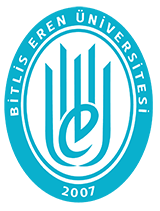| dc.description.abstract | The tactile modality is an important source of human experience and emotional expression, either on its own or by intensifying and complementing other senses, influencing our interactions with objects, people, animals and other beings. Following this, developed haptic devices transmit information to the user using tactile stimuli to increase or change sensory input. Haptics are an important factor that makes virtual worlds and remote interpersonal interaction tangible. Haptic feedback consists of more components that make an experience physically perceptible and realistic. Haptic feedbacks are widely used in mobile and wearable devices to convey various types of notifications to users. In this study, it was aimed to develop a new generation of wearable gloves against the hypoesthesia problem by combining artificial intelligence and thermohaptic, which are popular in many fields. | tr_TR |














